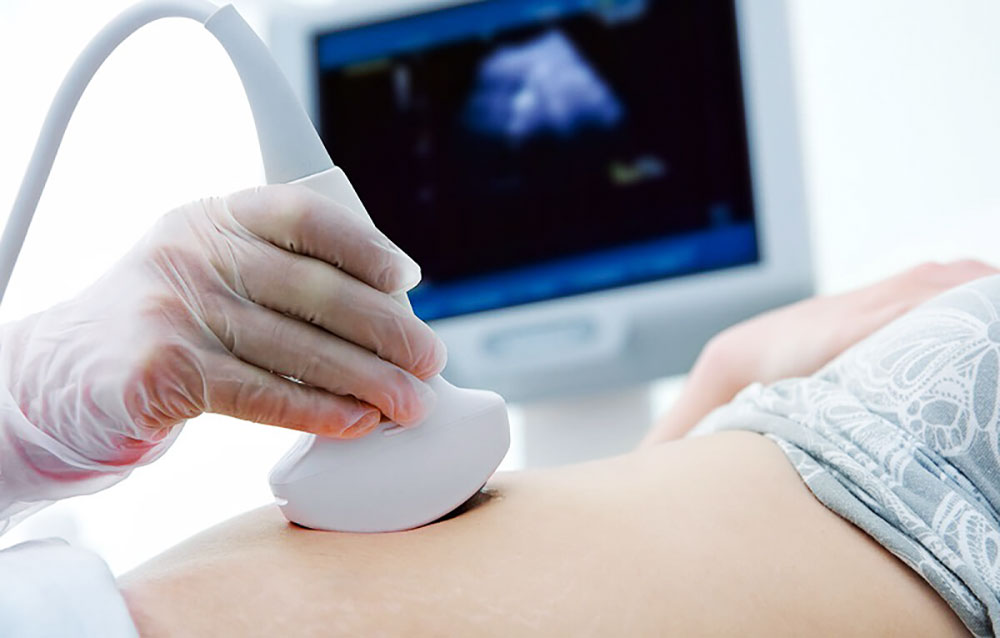Urolithiasis is one of the most common diseases. The incidence of nephrolithiasis in Central Asia is up to 1-5%, in Europe – 5-9%, in North America – 13%, in Saudi Arabia – 20%, and its growth is noted in all regions [2, 4, 6-10]. Patients with urolithiasis make up 30-40% of all patients in urological hospitals. In most cases, people of working age (30-50 years old) suffer from it.
The main role in diagnosis of urolithiasis is a method of X-ray examination – plain and excretory urography. Before the introduction of computed tomography into practical health care, excretory urography was considered the "gold standard" in the diagnosis of urolithiasis. Some stones are not visible on X-rays (urate calculus). Other stones (X-ray positive) trap X-rays and are therefore visualized (oxalates, phosphates). X-ray-negative stones can be diagnosed using contrast urography – due to the lack of contrast agent at the site of urate calculus, a symptom of "filling defect" is determined (Fig. 1).

